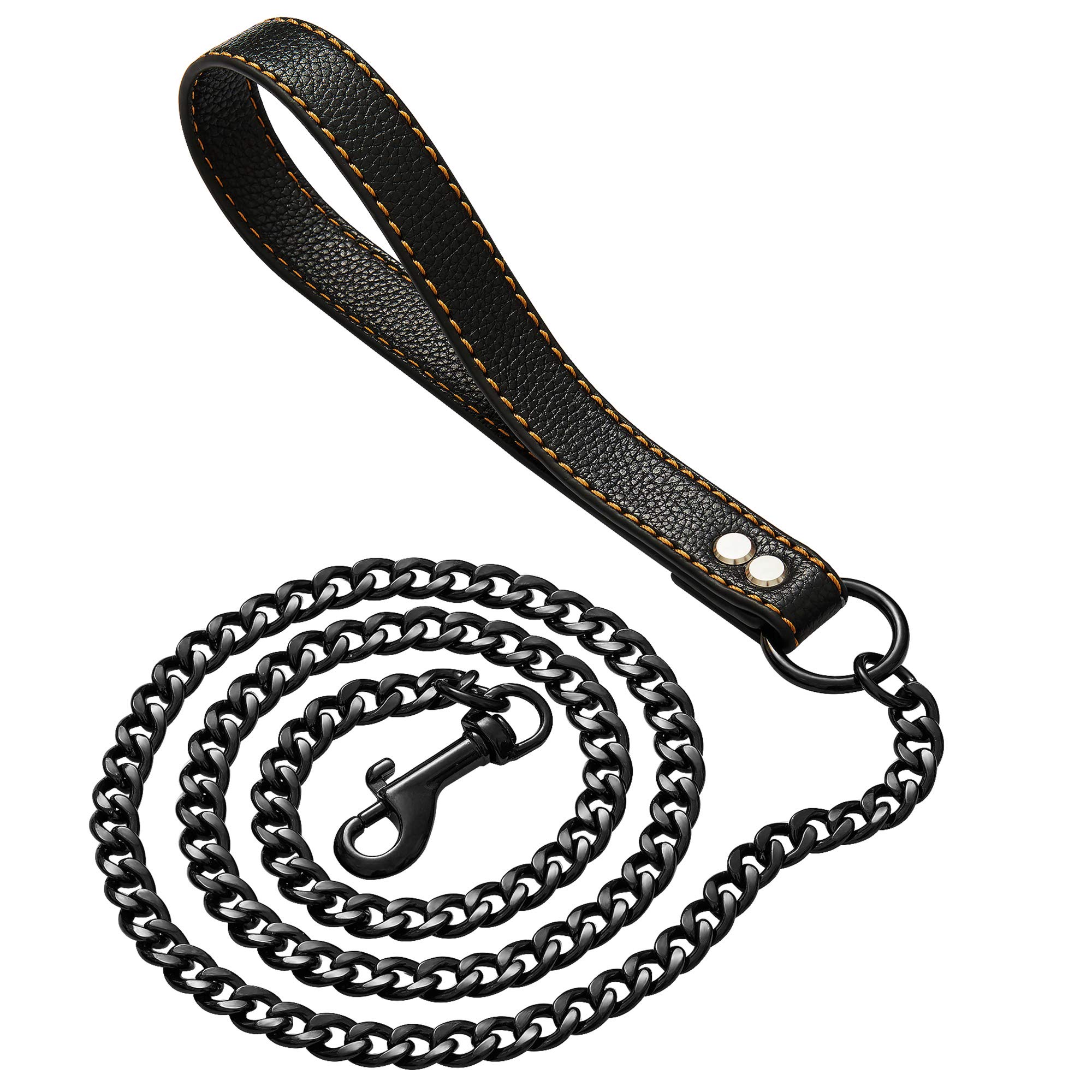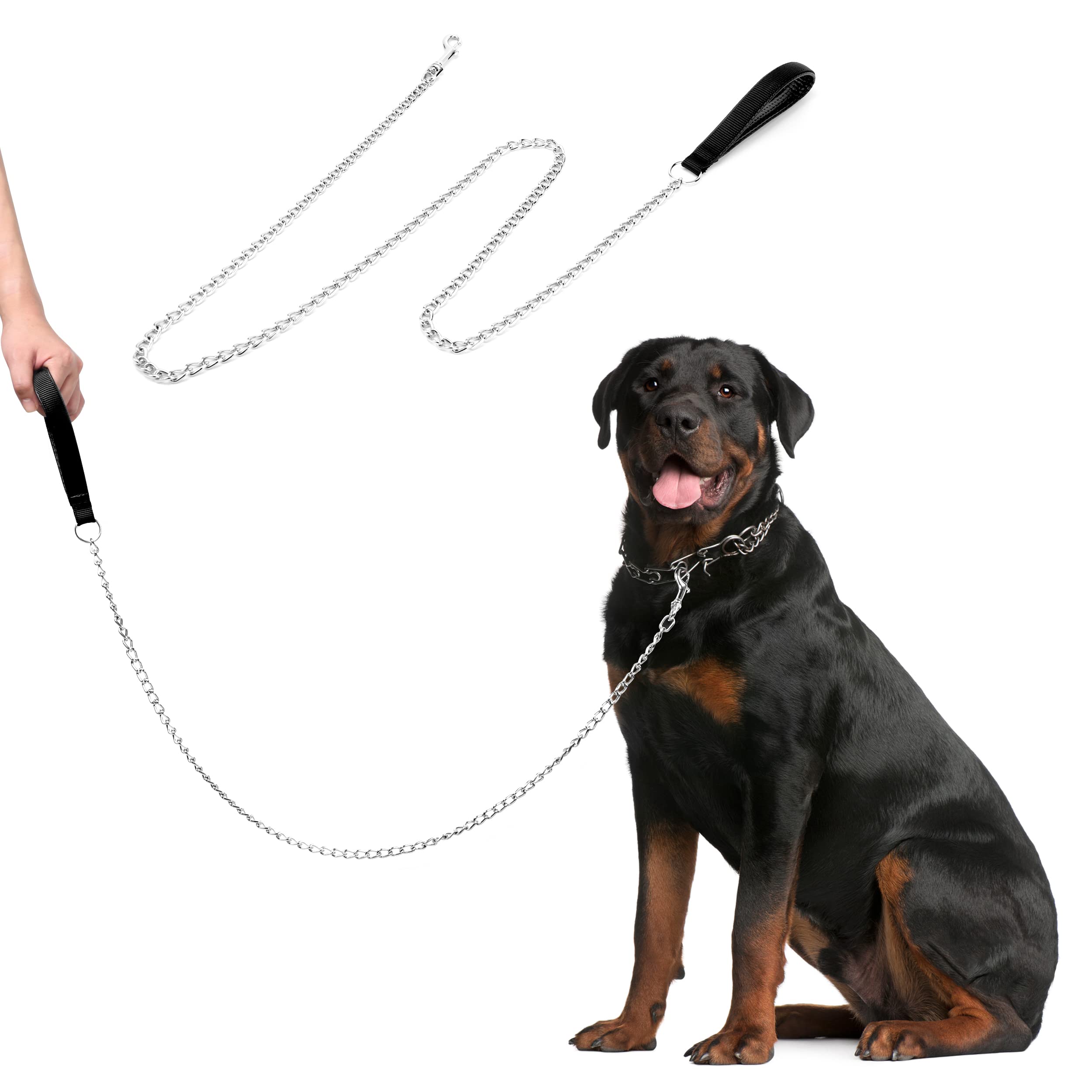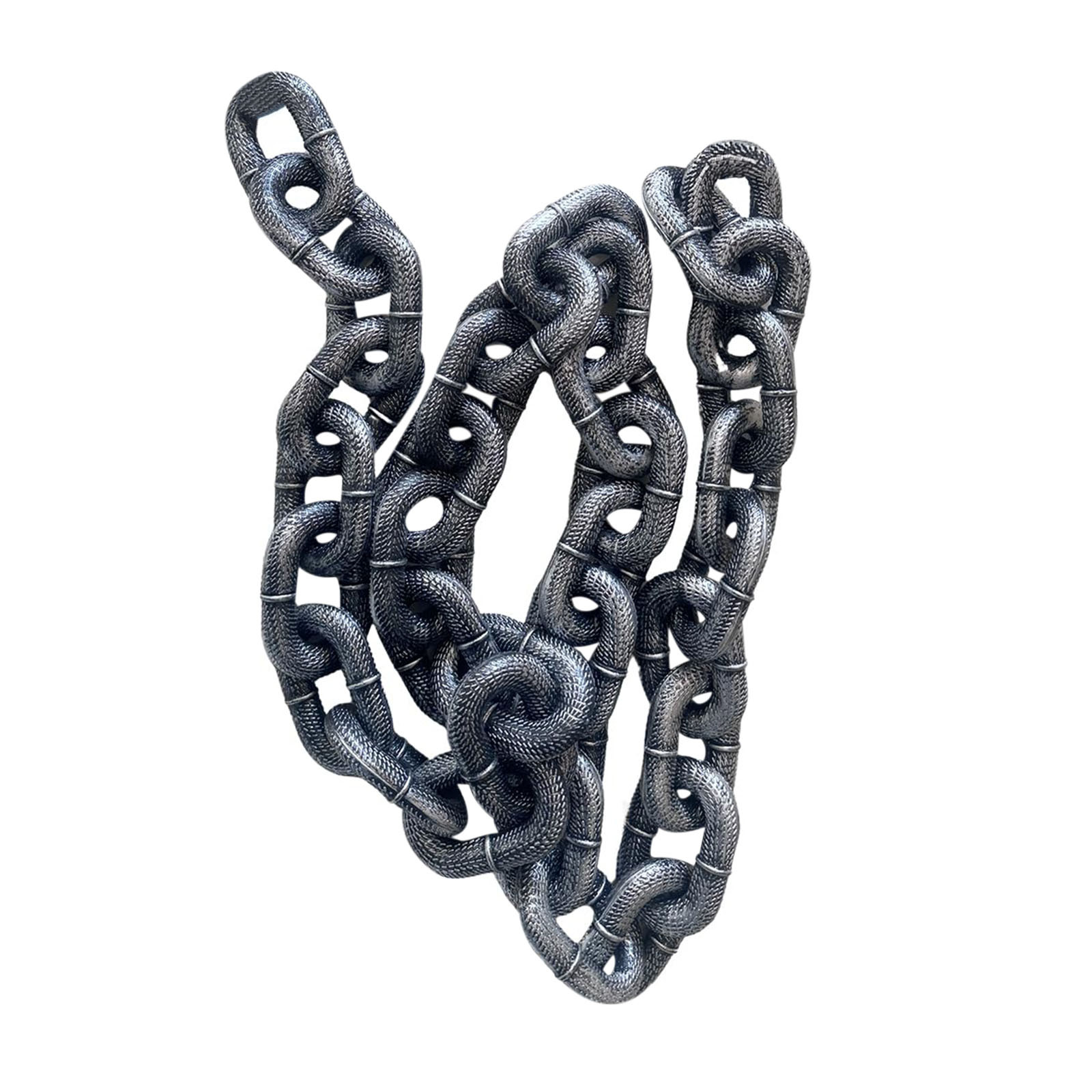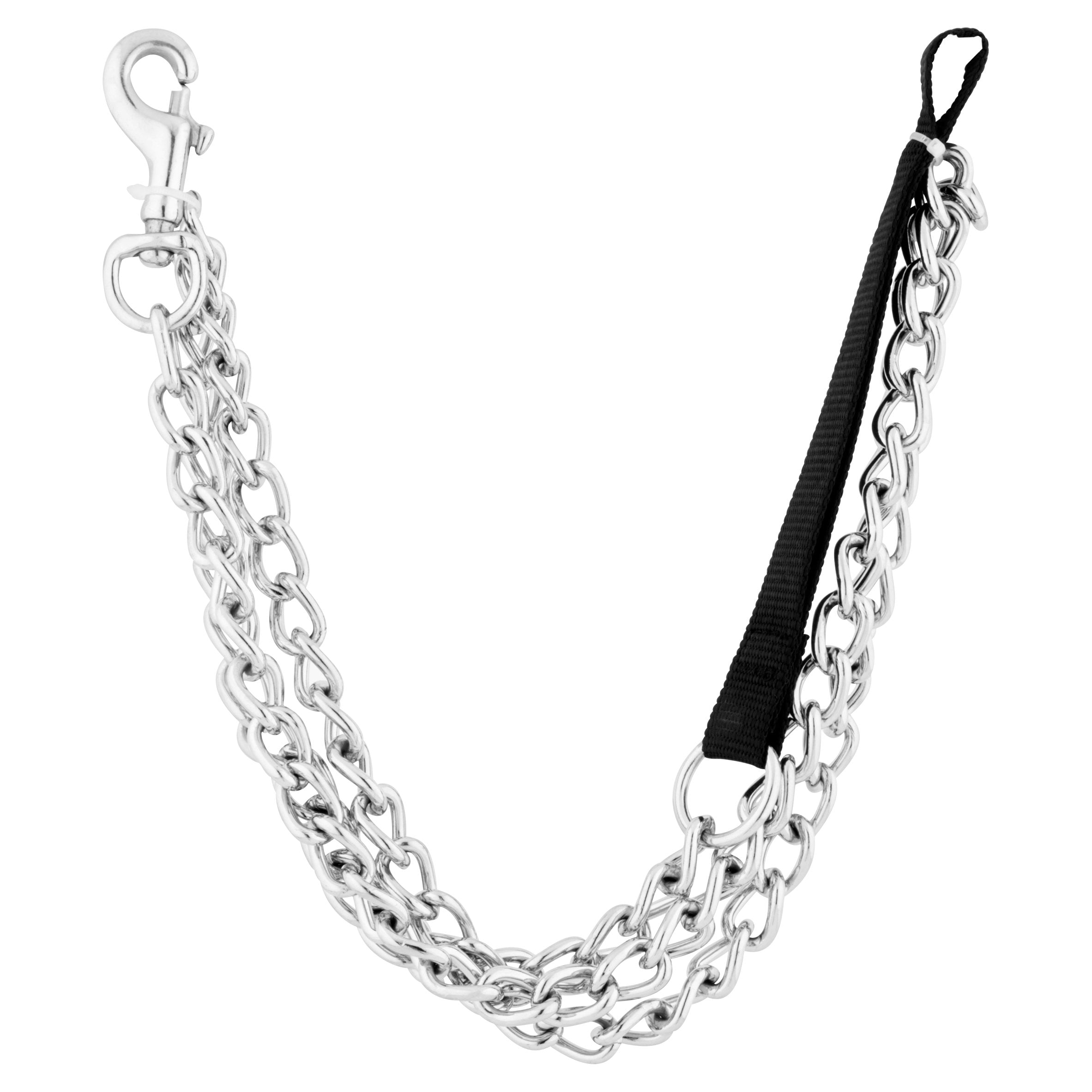When it comes to walking our beloved canine companions, the type of leash we choose can significantly affect their health and behavior. While chain leashes may seem durable and practical, they can have negative implications for our pets. This article will explore the potential drawbacks of using chain leashes, considering both physical and behavioral impacts on dogs.
The Appeal of Chain Leashes
Durability and Strength
Chain leashes are often marketed for their durability. Made of metal links, they are resistant to chewing and wear, which can be particularly appealing for owners of strong or persistent chewers. Unlike fabric leashes, chain leashes won’t fray or tear, making them seem like a long-term investment. For many dog owners, the idea of a leash that can withstand significant stress without breaking is attractive. However, this perceived durability comes at a cost that can affect the dog’s well-being.
Perception of Control
Another reason some owners opt for chain leashes is the belief that they offer better control over their dogs. The weight and strength of the chain can give owners a sense of security, especially with larger or more energetic breeds. However, this false sense of control can lead to misconceptions about handling dogs, potentially resulting in improper training techniques or over-reliance on physical restraint. As we delve deeper into the effects of chain leashes, it becomes clear that control is not solely about the equipment used, but also about understanding and managing canine behavior effectively.

Physical Health Risks Associated with Chain Leashes
Injury from Impact and Weight
One of the most concerning aspects of chain leashes is the potential for physical injuries. Chain leashes can be heavy, and if a dog suddenly lunges or pulls, the weight of the chain can cause trauma to their neck or spine. This is particularly risky for smaller breeds or dogs with pre-existing health conditions. Injuries can range from minor strains to serious damage requiring veterinary intervention. Moreover, the metal links can create sharp edges, increasing the risk of cuts or abrasions on the dog’s skin.
Allergic Reactions and Skin Irritation
In addition to the physical trauma from the weight of a chain leash, some dogs may experience allergic reactions or skin irritations due to prolonged contact with metal. Just like humans, dogs can have sensitivities to certain materials, and metal allergies can lead to discomfort, itching, and inflammation. Chain leashes, especially if not properly maintained or cleaned, can exacerbate these issues. Alternatives made from softer, hypoallergenic materials are often better suited for regular use, providing both comfort and safety for our furry friends.
Behavioral Impacts of Using Chain Leashes
Stress and Anxiety
Using a chain leash can also have significant behavioral implications for dogs. The weight and coldness of the metal can create a negative association during walks, leading to stress and anxiety. Dogs that feel uncomfortable or restricted by their leash may exhibit signs of fear or aggression, making walks a less enjoyable experience for both the pet and the owner. This stress can manifest in various ways, such as excessive barking, lunging at other dogs or people, or even trying to escape the situation entirely.
Reinforcement of Negative Behaviors
Chain leashes can inadvertently reinforce negative behaviors in dogs. For example, if a dog pulls on a chain leash and is met with resistance, they may become frustrated and develop a habit of pulling more forcefully. This can create a cycle of tension and frustration that not only impacts the dog’s behavior but can also strain the owner-dog relationship. Training and behavioral modification can be more challenging when negative behaviors are consistently reinforced by the physical properties of the leash being used.

Alternatives to Chain Leashes
Nylon and Leather Leashes
Given the potential issues associated with chain leashes, many dog owners are turning to alternatives such as nylon or leather leashes. These materials are often more comfortable for dogs to wear and can be just as durable when properly cared for. Nylon leashes, in particular, are lightweight, flexible, and available in various lengths and widths, making them suitable for dogs of all sizes. Leather leashes provide a classic look and feel and can be incredibly durable if maintained well.
Harnesses as an Alternative
In addition to considering the type of leash, owners should also explore the use of harnesses. Harnesses distribute pressure more evenly across the dog’s body, reducing the risk of injury associated with traditional collars and chain leashes. Many dogs respond better to harnesses, feeling less constricted and more comfortable. Using a combination of a well-fitted harness and a quality leash can significantly enhance the walking experience, promoting better behavior and a stronger bond between the dog and owner.
Training Considerations
Importance of Proper Training Techniques
When transitioning from a chain leash to a more suitable option, proper training techniques become crucial. Owners must understand that a leash is not merely a tool for restraint but a means of communication and control. Positive reinforcement training can help dogs learn to walk calmly on a leash, regardless of its type. Techniques such as clicker training or using treats as rewards can be effective in teaching dogs appropriate walking behavior, minimizing pulling and anxiety during walks.
Engaging with Canine Body Language
Understanding canine body language is also essential in ensuring a positive walking experience. Dogs communicate their feelings and intentions through body posture, tail position, and facial expressions. By paying attention to these signals, owners can adjust their approach and make walks more enjoyable for their pets. This awareness can prevent the escalation of stress and anxiety and create a more harmonious walking environment.
Long-Term Effects of Leash Choice
Impact on Overall Well-Being
The choice of leash can have long-term effects on a dog’s overall well-being. Continuous use of a chain leash may lead to chronic stress, anxiety, and physical injuries, which can affect a dog’s quality of life. Conversely, a suitable leash can enhance the walking experience, promote physical health through regular exercise, and contribute to better behavioral outcomes. Ultimately, the right leash choice supports a dog’s mental and emotional health, fostering a happier and more balanced pet.
Building Trust and Connection
Using an appropriate leash can also help build trust and connection between the dog and its owner. When dogs feel comfortable and safe during walks, they are more likely to engage positively with their owners. This bond is vital for training and obedience, as a trusting relationship encourages dogs to follow commands and behave appraopriately. The leash should be a tool that enhances this connection, not one that creates barriers or discomfort.
Understanding Canine Behavior
The Role of Instincts
Dogs are inherently instinctive animals, influenced by their breeding and natural behaviors. Understanding these instincts can help owners make better choices regarding leash types. For instance, breeds with strong prey drives may react differently to chain leashes, as the sudden weight can trigger a flight response. Recognizing these instincts allows for tailored training and equipment choices that align with a dog’s natural tendencies, leading to a more harmonious walking experience.
Socialization and Leash Impact
The way a dog interacts with other animals and people can be heavily influenced by the type of leash used. A chain leash may create a sense of tension that can be interpreted by other dogs as a threat, leading to aggressive encounters. Conversely, a more flexible leash allows for better communication and socialization opportunities, helping dogs feel more at ease during interactions. This is crucial for building confidence and reducing anxiety in social settings.

Conclusion: Making Informed Choices for Canine Companions
In conclusion, while chain leashes may offer certain advantages in terms of durability and control, the potential negative impacts on a dog’s health and behavior cannot be overlooked. Owners should consider alternative options that prioritize comfort, safety, and positive interactions during walks. By understanding the implications of leash choice, dog owners can foster healthier, happier relationships with their pets. Ultimately, making informed decisions about leashes and training methods will lead to better outcomes for both dogs and their owners, ensuring that walks remain a pleasurable and enriching experience for all involved.










